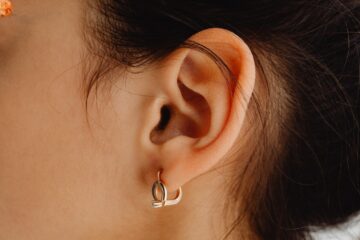
The human body, while fascinating, never seems to disappoint when it comes to the number of physical features we can feel self-conscious about, such as inverted nipples.
Before we jump into the causes of inverted nipples and how they can be fixed, let’s start with a few facts. Perhaps the most reassuring is the fact that inverted nipples really are not rare; actually an estimated 10-20% of the population has inverted or flat nipples, including both biological women and men.
To break that down more specifically, approximately 2% of nipples are inverted, meaning tucked beneath the skin’s surface, rather than protruding from it.
What causes inverted nipples?
While several factors can result in inverted nipples, from aging to injury, surgery, a milk duct blockage, Paget’s disease or breast cancer, most cases of inverted nipples are congenital; in other words, people are born with them.
Fortunately, inverted or flat nipples are generally harmless but they can pose functional challenges and, like any physical variation, can also cause psychological stress because of their aesthetics.
Functionally, inverted nipples may make breastfeeding more difficult. Inverted nipples are categorized by three grades:
- Grade 1, sometimes referred to as “shy nipples” are easier to manipulate, which helps with nursing.
- Grade 2 means that the milk ducts are also retracted and while it’s still possible to nurse, the infant may struggle to latch, requiring interventions.
- Grade 3, unfortunately, indicates severe retraction, making it impossible to manipulate the nipples; thereby, eliminating breastfeeding as an option.
Can inverted nipples be corrected?
Yes! It is possible to treat inverted nipples, especially depending on their grade. Grade 1 usually doesn’t require surgery; however this is a good option for inverted nipples categorized as grades 2 or 3.
Inverted nipple surgery is a safe and effective way to correct inverted nipples.
To learn more or when you’re ready to schedule a consultation with Dr. Sterling, simply contact our office by calling 603-518-5450 or email infor@sterlingplasticsurgery.com



0 Comments